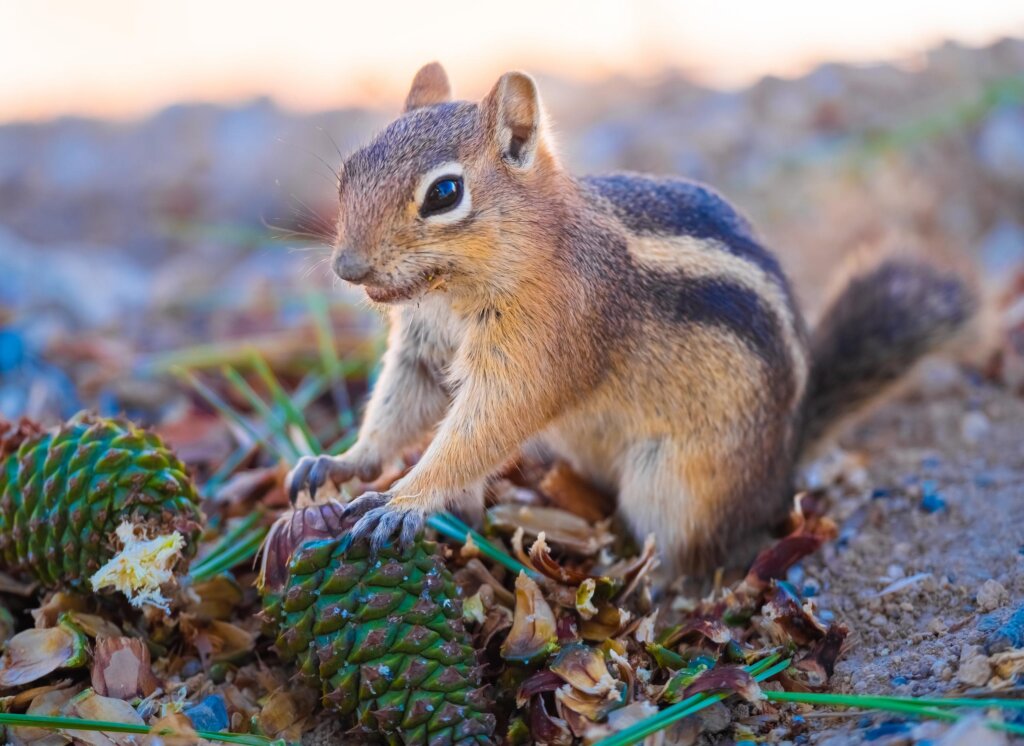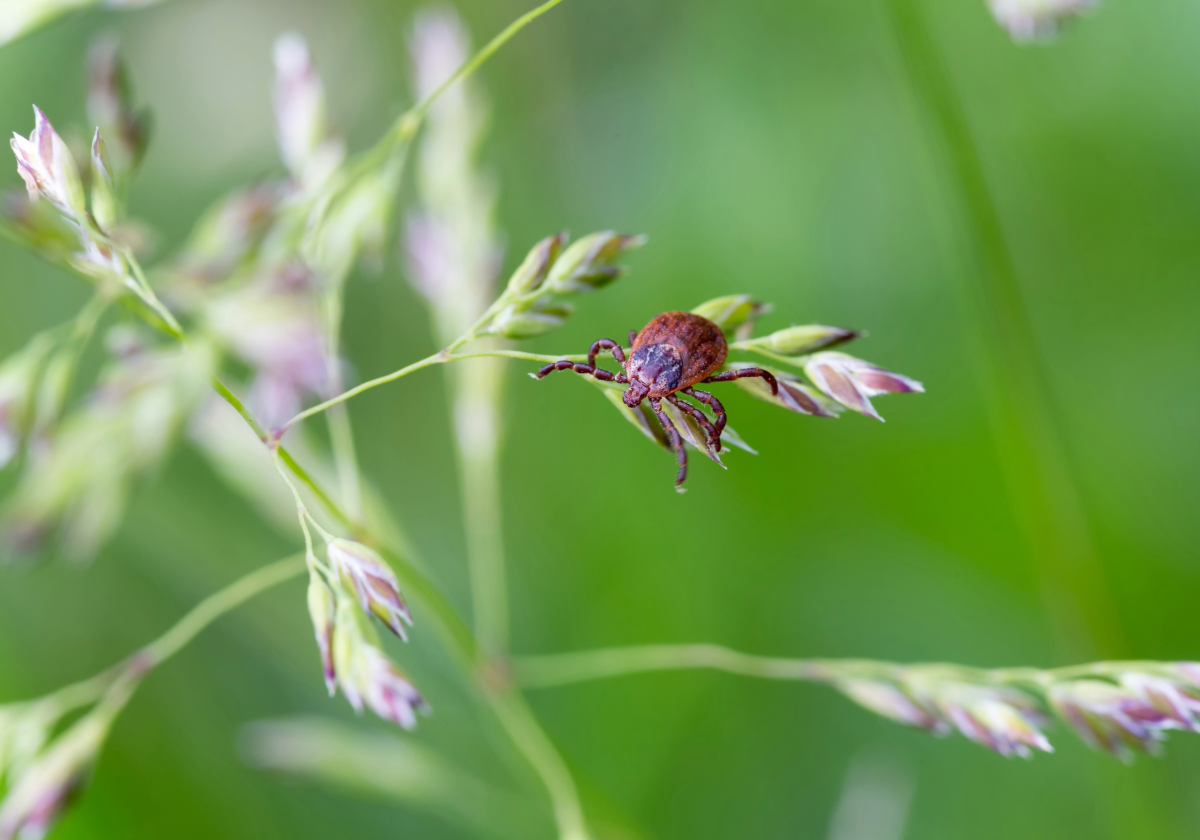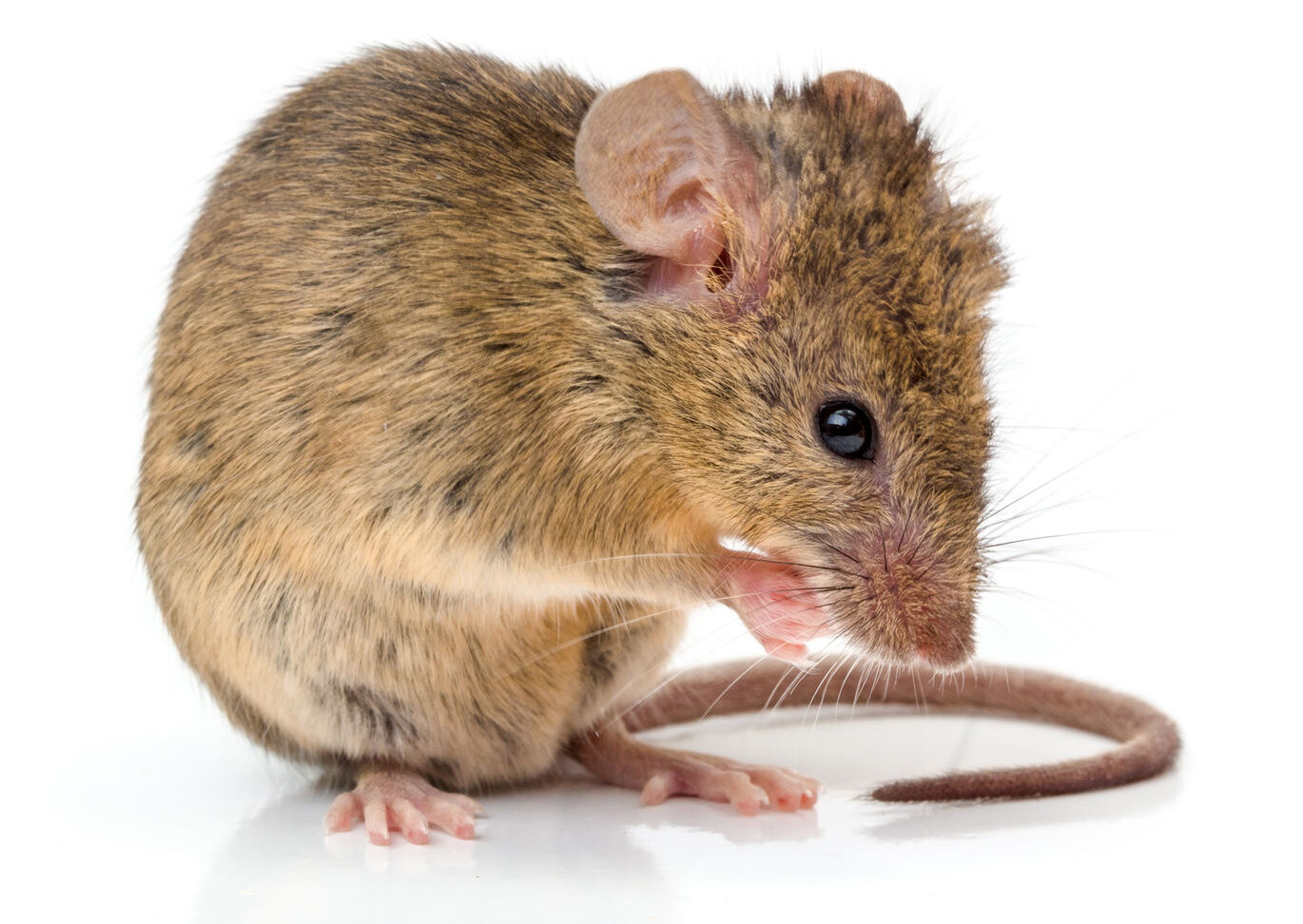
Chipmunks are cute. There really is no arguing against this point. They are tiny little critters who scamper and dash. Their stripes are adorable. Their tiny feet are like little human hands. And their cheeks are amazing! Did you know that a chipmunk can hold upwards of ten almonds in its cheeks at one time? Chipmunks will squeeze so many nuts into their cheek pouches that it makes their heads look misshapen and uneven. There is no denying that chipmunks are absolutely adorable. But, not everything is cute about chipmunks.
No matter how cute these little rodents are–and they are rodents–they can be quite problematic if they get into man-made structures. Although these animals are usually content to stay outside, sometimes a chipmunk will find its way into a nice cozy attic and decide it is a pretty good place to set up housekeeping. And sometimes chipmunks get in by accident. Either way, they can cause a bit of trouble.
When A Chipmunk Gets In On Purpose
Occasionally, a chipmunk will settle into an attic, wall void, or some other secluded spot inside a home. When it does, it can damage surrounding items with its chewing and gnawing behaviors. Chipmunks, like all rodents, need to constantly chew on things to wear down their ever-growing incisors. They will chew on wood, insulation, plastic, sheetrock, wiring, and anything else they feel like chewing on. And, if the hole they got in through is a little tight, they will simply chew it larger, and possibly make other holes so that coming and going is easier. Not only can this be unsightly, but you may find yourself paying more for cooling and heating bills.
Other issues with chipmunks getting in on purpose include the fact that these animals can carry parasites in their fur. If you find yourself dealing with mites, ticks or fleas, they might not have come in on Rover or Fluffy. Rodents may be to blame. And, if rodents are bringing in fleas, and ticks, you may find yourself dealing with secondary issues such as an infestation of fleas, and the potential of Lyme disease. Chipmunks have also been known to spread diseases such as plague, salmonella, and hantavirus.
When A Chipmunk Gets In By Accident
Occasionally, a chipmunk will find itself inside a structure by accident. It may be nosing its way around an open screen and be drawn to something enticing on the kitchen counter. There are many ways one of these creatures could find its way inside, and then not know how to get back out.
If this happens, it is important to know not to try to get the animal out on your own. And don’t try to corner or trap the animal. When a chipmunk, or any wild animal, is cornered and feels threatened, it can bite or scratch to protect itself. And in its frantic dash to find a way back outside, it may rip curtains, knock over breakable items, or put holes in screens, among other things.
Chipmunk Prevention Tips
Make sure that all vegetation and tree branches are trimmed back well away from your walls and roof area. Chipmunks and other animals use these as bridges to get to your home.
- If you need to open your windows, make sure your screens are present and in good repair.
- Inspect the outside of your home for gaps or cracks, especially your roof area, and seal up any holes you find.
- Inspect gutters to make sure there are no blockages or leaks. If water is running down the outside of your home, this will make your wood soft and easier for rodents and other invasive pests to chew their way in.



